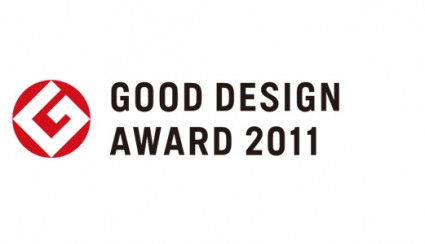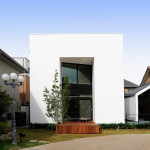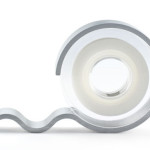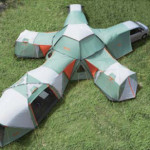This is a preface post to our review of the 2011 Good Design Awards. You can skip to the posts.
Last week Japan’s Good Design Awards were announced. I’ve made it clear how I feel about these awards but one of my main qualms is that the award is overly dispensed. Out of about 3000 applicants the award is given to about 1000. To me, a 33% chance of winning seems like a lot. But it’s understandable that the JPD, who sponsors the awards, wants to stamp their seal of approval on as many products as they can because, according to their site, “the purpose of the Good Design Award is to support companies and designers so they can introduce their products out to the world with confidence.” Compare it, for example, to the international Red Dot awards. Odds of winning are anywhere between 6% and 20%, depending on the category.
But I’m just trying to put things in perspective. Unless you’re in the top 15, which have yet to be announced, the awards are hardly prestigious. Oh, and along with the top 15, my favorite category, the frontier design category, has yet to be announced so I’ll be doing a follow-up post probably in early November.
Anyway, like last year, this year’s judging platform was chaired by industrial designer Naoto Fukasawa and vice-chaired by graphic designer Taku Satoh. In addition, a group of 3-4 designers are assigned to each category, which spans everything from sports and tableware to automotive and even business plans. One thing I do like about these awards is that the top prize is, which is selected from the top 15, is decided by a public voting system.
























